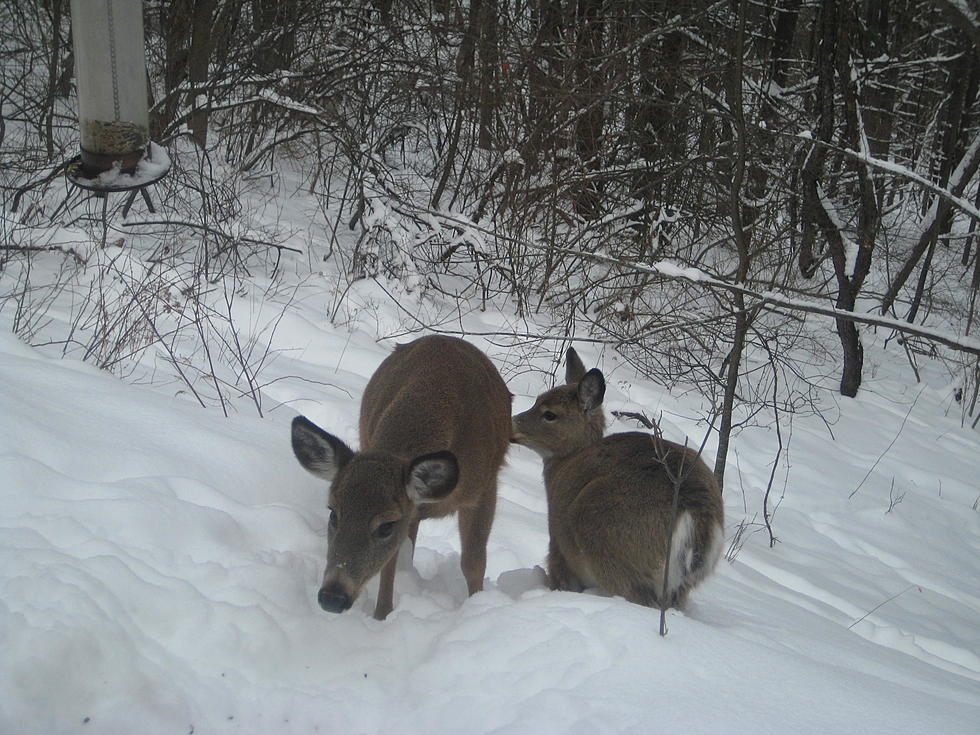
Deadly Deer Disease Spreads From New York
A deadly disease in white tail deer that has been detected in parts of New York is being found in other parts of New England.
The Vermont Fish and Wildlife Department says cases of frequently deadly viral disease that affects deer have been confirmed in the state for the first time.
The department says current and suspected cases of epizootic hemorrhagic disease have been confirmed in deer in Castleton and West Haven, although they are likely related to more widespread outbreaks occurring in New York.
New York has documented cases of the disease in several counties in the Hudson Valley, including some that border Vermont.
The disease is spread to deer by biting midges, sometimes called no-see-ums. The disease does not spread from deer to deer and humans cannot get infected from deer or bites of midges.
No outbreaks have been reported in the Southern Tier.

According to the Cornell University Wildlife Lab, deer can die within 8 to 38 hours after clinical signs start to appear within a week of being infected. Those symptoms include a loss of fear of humans, reduced appetite, weakness and may have a swollen head, neck, tongue or eyelids.
Officials say, while not recommended, it doesn't appear there are any adverse effects from eating venison from infected deer.
Epizootic hemorrhagic disease is not the same affliction as chronic wasting disease, which has been found in deer throughout New York and Pennsylvania. That fatal, neurological illness has been discovered in cervids, including white-tailed deer and moose since its discovery in 1967. CWD is transmitted among cervid populations through animal-to-animal contact and indirectly through contaminated material including saliva, feces, urine and carcasses of CWD-infected animals.
As with epizootic hemorrhagic disease, there are no treatments or vaccines available for CWD.
LOOK: Stunning animal photos from around the world
WATCH OUT: These are the deadliest animals in the world
More From WNBF News Radio 1290 AM & 92.1 FM









